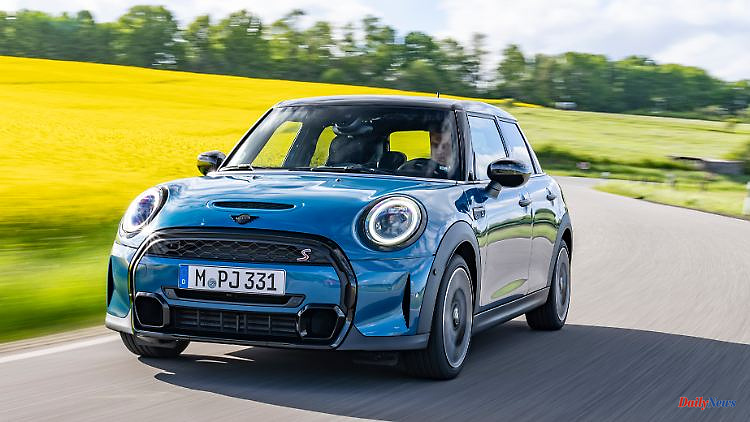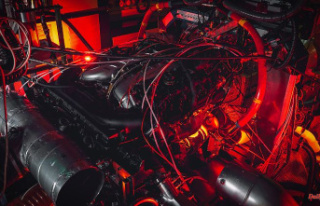The BMW subsidiary Mini will manufacture its new electric models in China in the future, together with the joint venture partner Great Wall Motors. The three-door hatchback Mini Cooper SE will be the first model in 2024. But the Mini Clubman will be left behind and there won't be a mini-van after all.
Many a car brand would probably quickly go into crisis mode if the cycle of new models were interrupted for too long. You run the risk of customers breaking loyalty and turning away from the brand. Alfa Romeo is a classic example. Valuable years passed here before the Giulia finally came onto the market.
Mini is also on a kind of creative break. In the past five years, no completely new model has gone on sale, apart from the electric derivative of the normal Mini (2020) and the convertible (2022). The portfolio currently consists of three- and five-door Hatch (since 2014), convertible (since 2016), Clubman (since 2015) and Countryman (since 2017).
But there is no need to worry about the British BMW subsidiary, its lifestyle-focused premium speedsters continue to arouse strong interest. There were almost 300,000 units worldwide last year, of which almost 40,000 were in Germany. The Cooper SE is by far the most sought-after model among the two electrified Mini series, the three-door and the Countryman.
A similar sales scenario is also assumed at Mini this year. The successors to Hatch (three and five doors) and Countryman are not planned until 2024. The station wagon Clubman will no longer be built and will be phased out. In April of this year, Mini wants to pull the cloth from the production version of the three-door, internally called the F66.
It will continue to be available both with a combustion engine and purely electrically. The only difference is that the EV version is no longer based on the same platform (F5X NG), but was developed specifically for electric drive in a joint venture with the Chinese car company Great Wall Motors (GWM). Production also takes place at GWM in China.
Rumors that the Mini would share the entire J01 architecture with the Ora Funky Cat are false. According to headquarters, the company wants to preserve the unique go-cart handling. The two models share neither the chassis nor the battery and motor.
Visually, the three-door Mini Hatch will be strongly based on its predecessor, the retro design is proving to be absolutely timeless. The overall length shrinks by a few centimetres, while the wheelbase and track width increase slightly, which favors the proportions. The EV and combustion versions will only differ in cosmetic details, as they do today. The five-door Mini variant will not have an electric motor. Here it remains with the mild hybrid petrol engine.
A second model - Mini intends to present it at the IAA Mobility in Munich in the fall - is only evolutionarily evolving in design: the Countryman. However, the compact SUV (3rd generation) grows from 4.30 to 4.42 meters, is based on the BMW X1 platform and is built in Leipzig.
What is new is that the Countryman will no longer be available as a plug-in hybrid, only as a petrol, diesel and fully electric version. The 5th generation of the BMW eDrive system is adopted, including the 62.4 kWh battery. In the iX1, the capacity is enough for almost 440 kilometers. The Countryman shouldn't have much less.
A new addition to the Mini lineup is the Aceman. The crossover, which is only 4.05 meters long - the study showed Mini last year - is positioned below the Countryman and is intended to partially replace the Clubman, but also the missing electric version of the Mini five-door. The Aceman, which is only available electrically, was also developed together with Great Wall and, like the Mini Hatch, is based on the J01 platform. The drive (135 kW/184 hp or 160 kW/218 hp) and battery sizes (40 kWh or 54 kWh) are therefore the same. A maximum range of 400 kilometers should be possible.
Mini issued a rejection to everyone who had believed that the traditional British brand would bring its "Urbanaut" study (the premiere was at the IAA 2021) to series production. none. There will definitely not be a mini van from Mini.












